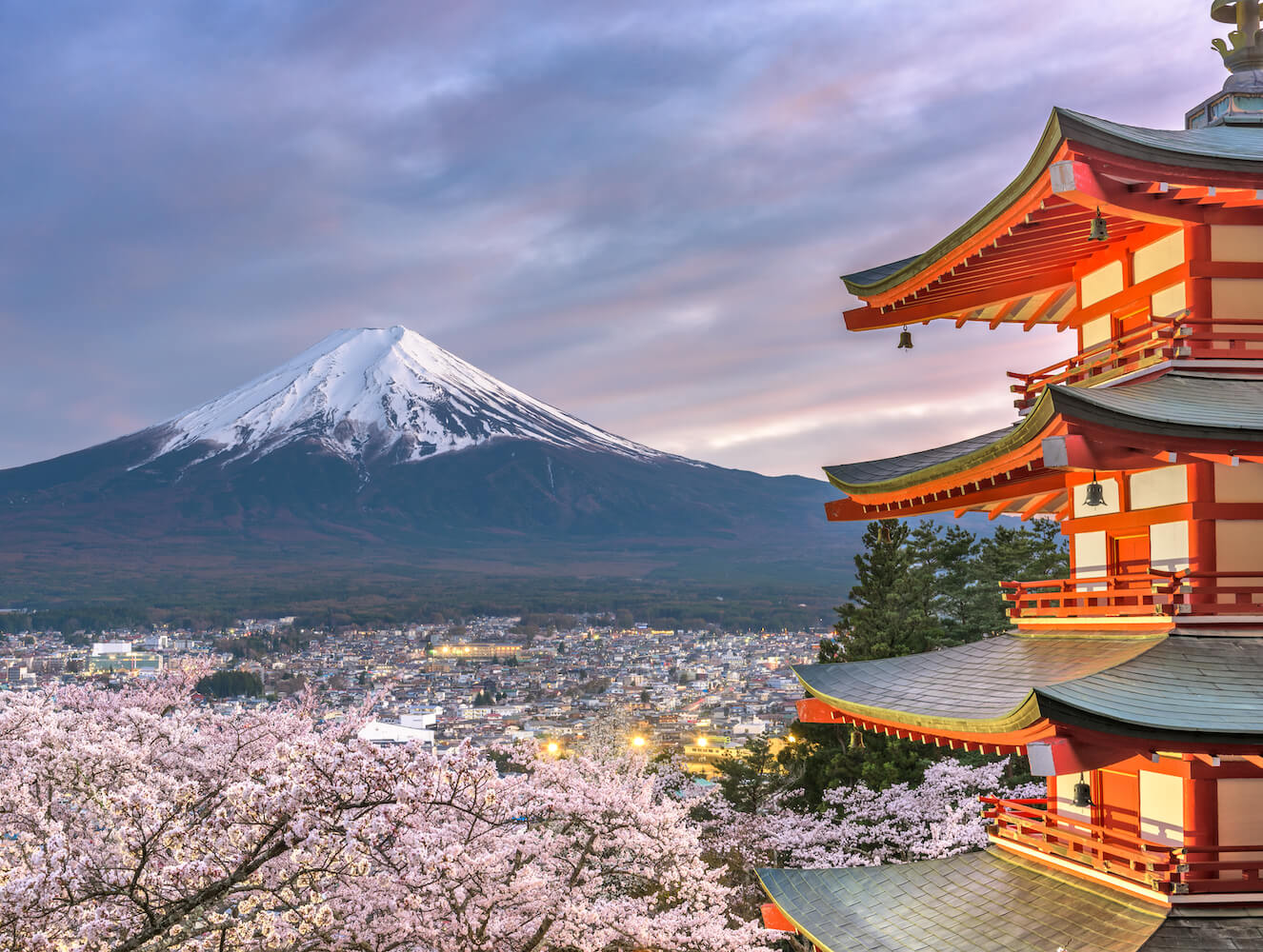

Discover Japan
Japan Educational Tours
Open the door to an unforgettable, immersive experience where students go beyond the classroom to engage with a culture rich in history, innovation, and tradition—to the island nation of Japan. At Educational Travel Adventures (ETA), we specialize in crafting meaningful student journeys that bring textbooks to life, whether through walking Kyoto’s ancient temple paths, exploring Tokyo’s tech-forward neighborhoods, or reflecting on global peace in Hiroshima.
Planning Your School Trip to Japan
Our Japan educational tours are thoughtfully designed to align with curriculum goals while promoting student growth, global awareness, and cross-cultural understanding. With expert guides, custom itineraries, and a focus on safety and engagement, ETA makes it easy for educators to lead a transformative trip that students will remember for a lifetime. Let us handle the logistics so you can focus on what matters most, educating and inspiring your students abroad.
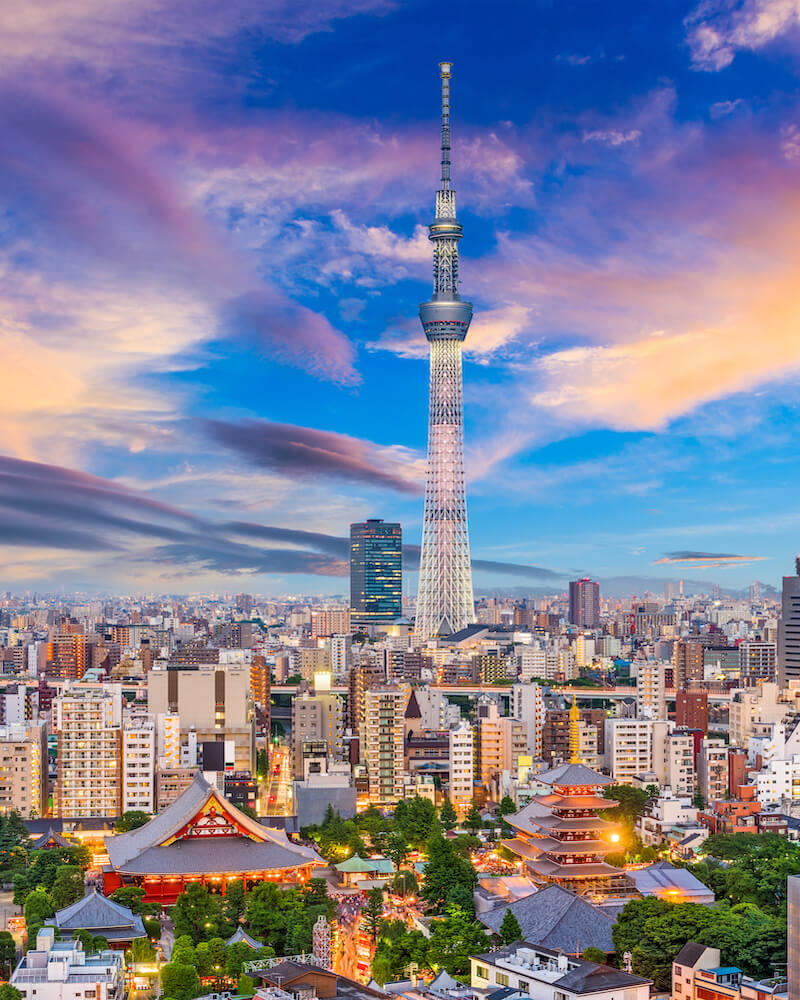
Tokyo: Explore Technology, Culture & History in Japan’s Capital
Japan’s vibrant capital city is a dynamic blend of tradition and innovation, making it an ideal educational destination. Students can explore cutting-edge technology in Akihabara and robotics exhibits at Miraikan (National Museum of Emerging Science and Innovation), while also immersing themselves in cultural history at the Edo-Tokyo Museum and Meiji Shrine. Tokyo offers opportunities to examine urban planning, sustainable transit systems, and the role of pop culture in shaping global perceptions of Japan.
From the bustling streets of Shibuya to serene gardens like Shinjuku Gyoen, Tokyo presents a multifaceted learning experience. Visits to institutions like the University of Tokyo or attending cultural workshops in areas like Asakusa allow students to engage with the nation’s academic and artistic heritage firsthand.
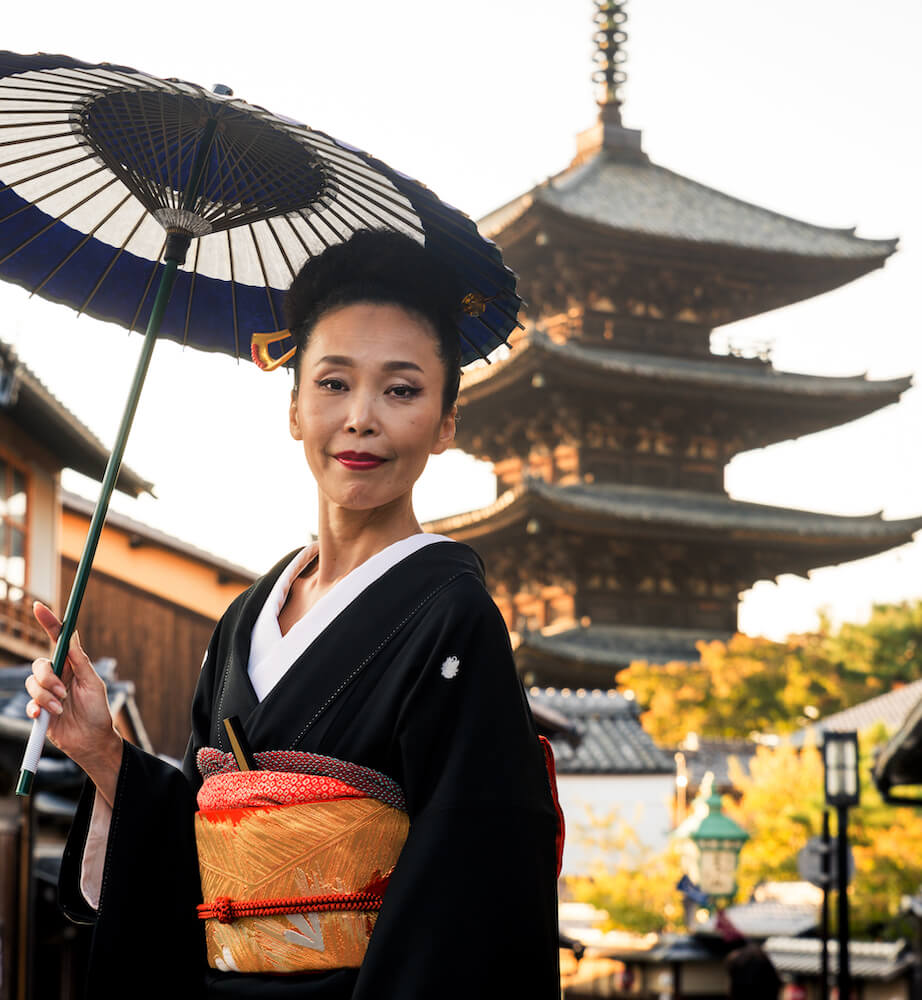
Kyoto: Discover Japan’s Ancient Temples & Traditions
As Japan’s former imperial capital, Kyoto offers a deep dive into the country’s rich cultural and spiritual traditions. With over 1,600 temples, including UNESCO World Heritage Sites like Kinkaku-ji (Golden Pavilion) and Ryoan-ji, students can explore the foundations of Zen Buddhism, Shinto beliefs, and classical Japanese aesthetics. Tea ceremonies, calligraphy workshops, and kimono experiences allow learners to actively participate in cultural practices.
Kyoto also provides historical insight into Japan’s feudal past through sites like Nijo Castle and the preserved Gion district. Educational tours here often focus on the preservation of heritage, traditional architecture, and the role of Kyoto in shaping Japanese identity over centuries.
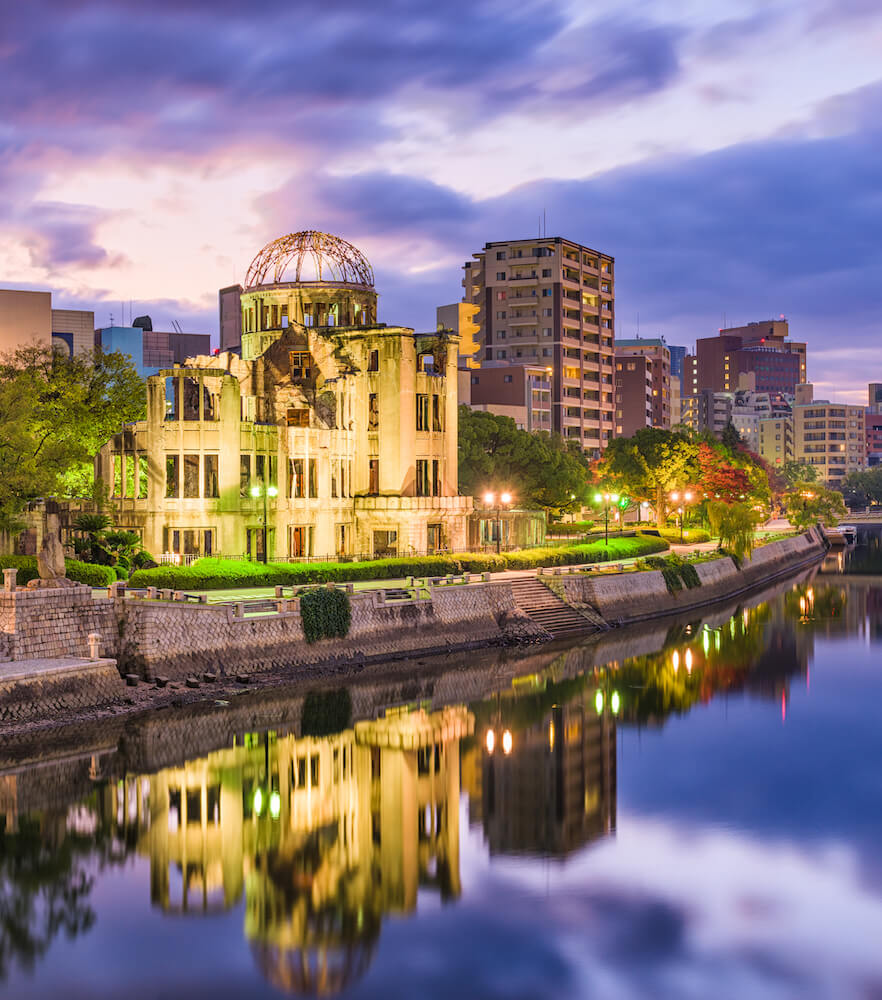
Hiroshima: Peace Education & World War II History in Japan
Hiroshima is a profound destination for educational reflection, peace studies, and historical understanding. Students can visit the Hiroshima Peace Memorial Park and Museum, where they gain a sobering perspective on the atomic bombing of 1945 and its aftermath. The UNESCO-designated Atomic Bomb Dome stands as a powerful symbol of resilience and the global call for nuclear disarmament.
In addition to its wartime history, Hiroshima offers learning opportunities about international diplomacy, conflict resolution, and civic responsibility. A short ferry ride away, Miyajima Island and the iconic Itsukushima Shrine provide cultural balance and insight into Shinto spirituality and natural harmony.
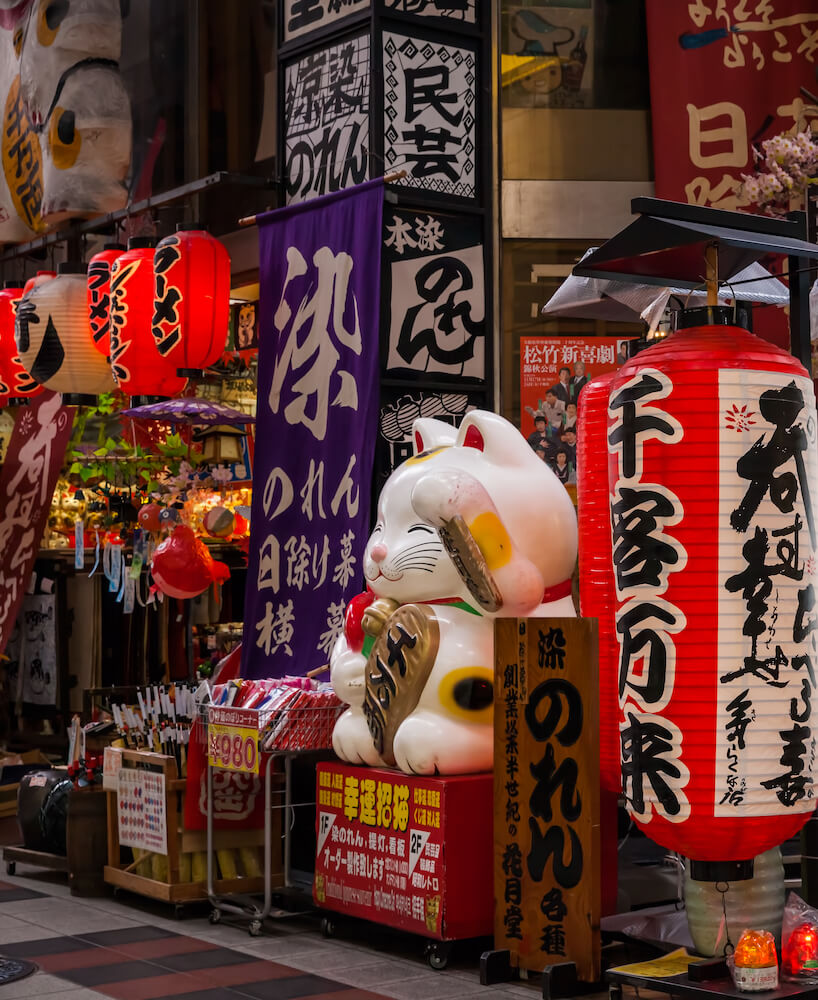
Osaka: Business, Innovation & Culture for Students
Known as Japan’s kitchen and a city of commerce, Osaka combines historical depth with a modern entrepreneurial spirit. The Osaka Castle and its museum provide students with context on samurai warfare and the unification of Japan under Toyotomi Hideyoshi. The city’s role as a trading hub through the centuries also offers lessons in economic development and urban growth.
For STEM-focused tours, Osaka is home to institutions like the Osaka Science Museum and the CupNoodles Museum, which explores innovation through a uniquely Japanese lens. With its vibrant food culture and friendly local atmosphere, Osaka creates a lively and accessible learning environment for students.
Japan Educational Travel FAQs
What is the best time of year to plan a student tour to Japan?
The most popular times for educational tours to Japan are spring (March–May) and fall (September–November), when the weather is mild and culturally significant events like cherry blossom season or autumn festivals are in full swing. These seasons also align well with most school calendars.
How many days should we plan for a Japan educational tour?
We recommend 8–12 days for a well-rounded tour that includes major destinations like Tokyo, Kyoto, and Hiroshima. This allows time for meaningful cultural immersion, educational site visits, and a manageable travel pace for students.
What educational themes can be explored on a tour of Japan?
Japan offers a wide range of academic themes, including history (samurai, World War II, feudal Japan), technology and innovation, environmental sustainability, global economics, art & design, language and Japanese culture. We tailor itineraries to meet your curriculum needs.
What types of student-friendly accommodations are available in Japan?
We use centrally located, clean, and safe accommodations ideal for student groups, including business hotels, international hotels, and occasionally traditional ryokan (Japanese inns) for cultural experiences. All properties are vetted for quality, comfort, and group readiness.
Is it possible to arrange cultural workshops or school exchanges during the tour?
Yes! We can incorporate hands-on cultural activities such as tea ceremonies, calligraphy, martial arts, or even a day at a local Japanese school. These experiences provide valuable insight into daily life and help foster cross-cultural connections.
Are Japan’s public transportation systems student-friendly?
Absolutely. Japan’s transportation infrastructure is world-class, clean, safe, and highly efficient. We often use the Shinkansen (bullet train) for intercity travel and local trains or private buses for in-city touring. Students love the experience!
What are the safety considerations for student travel in Japan?
Japan is one of the safest countries in the world with low crime rates and high public order. Our tours are led by experienced local guides and chaperones, and we provide 24/7 emergency support, pre-tour safety briefings, and detailed travel logistics to ensure peace of mind for educators and parents.
Do students need to speak Japanese to enjoy the tour?
Not at all. While Japanese language skills are a bonus, our bilingual guides and tour leaders ensure smooth communication throughout the trip. In major cities, signage and transit systems often include English translations.
What should students pack for a tour of Japan?
We’ll provide a detailed packing list tailored to the season of your trip. Generally, comfortable walking shoes, layered clothing, a reusable water bottle, and modest attire for temple visits are essential. We also recommend bringing a small daypack for daily excursions.
Can ETA customize the itinerary to match our group’s academic goals?
Yes! All of our Japan school trips are custom-built around your group’s learning objectives, grade level, and interests. Whether your focus is on history, STEM, language, or culture, we’ll work with you to create a trip that’s both educational and unforgettable.



